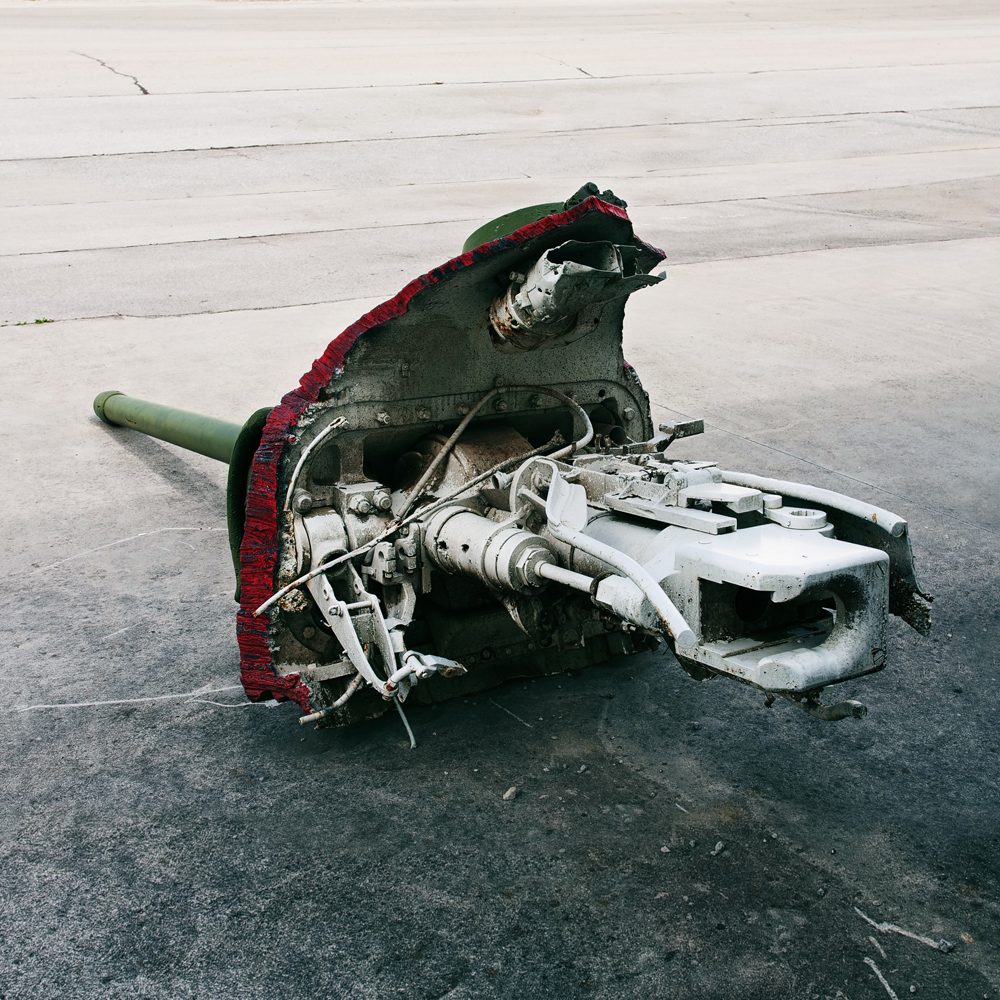Type: Heavy Tank
Nation: France
Period: World War 2
Location: The Tank Museum, Bovington, UK

Fate of the dinosaurs
The Char B1 bis was considered one of the most powerful tanks of its day, but in practice it was not suited for coordinated mobile operations. Its design had been deeply rooted in the experiences of World War 1. By the time of the German invasion in 1940 the concept was soon overtaken by reality. Part of its downfall was the poor crew layout which resulted in two of the four men being wildly overtasked in combat.
Multitasking, Part 1
Similar to other French tanks at the time, for example the SOMUA S35, the commander was the only crew member standing in the turret. Not only did he have to command the tank (or even the whole unit), he was also responsible for loading, aiming and firing the 47 mm anti-tank gun and the coaxial machine gun. Since the tank had no intercom system, he could only communicate with the other men by shouting, nudging or kicking them.

Multitasking, Part 2
The driver had to double as the gunner for the 75 mm infantry support howitzer since it could not be traversed at all. Instead, the driver/gunner had to aim by turning the whole tank while looking through his stereoscopic sight. He would then elevate the gun manually by cranking the wheel to his right and pull the trigger. To add to his list of tasks, he also was to fire the fixed machine gun which was hidden down in the hull on the right side of the main gun. But at least he didn‘t have to load both weapons – that was done by the loader.
Communications and more multitasking
The last crew member was the wireless operator, located on the rear left of the fighting compartment. At first his equipment was only capable of transmitting morse signals, but later models also allowed for spoken communication. His second task was to hand ammunition to both the commander and the hull loader.

In foreign service
This particular vehicle was captured by the Germans in 1940. After it received some upgrades such as a radio aerial behind the turret and additional concrete-filled armour on the hull front in a workshop in Paris, the Wehrmacht used the tank for occupation duties on Jersey. These Beutepanzer vehicles were called “Panzerkampfwagen B1 bis (f)”. As the German garrisons on the Channel islands didn‘t pose a threat to the Allied landings in Normandy, Guernsey and Jersey were simply left aside. The islands were eventually liberated on 9 May 1945 after Nazi Germany‘s unconditional surrender.

